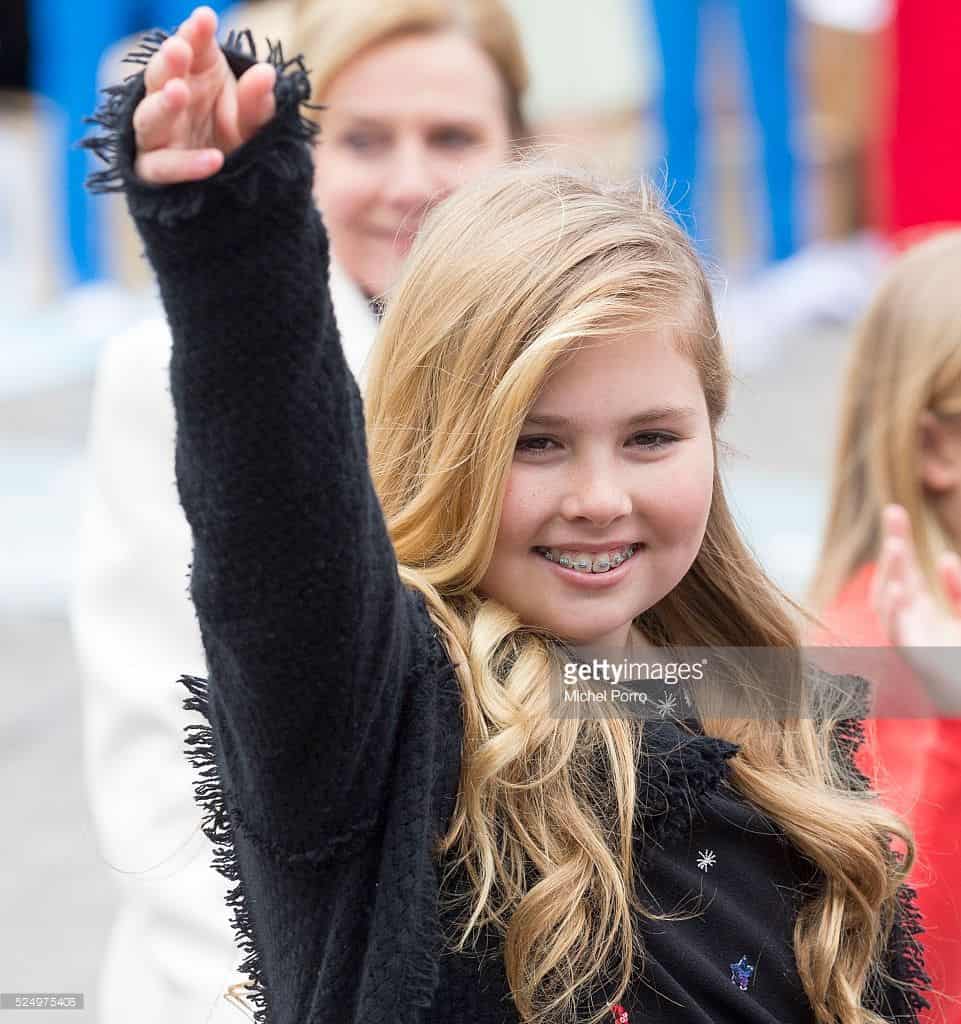Beethoven, married women and the secret of creativity!!
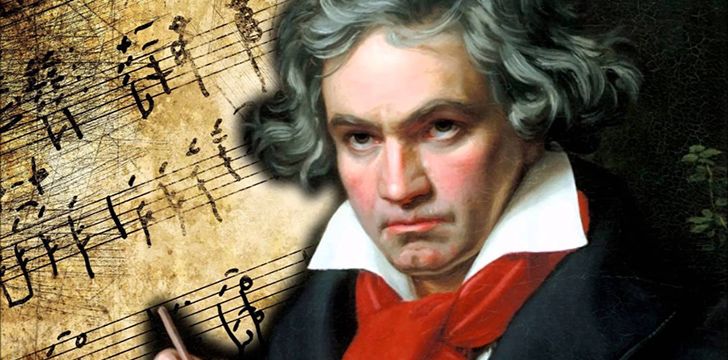
Behind this creative genius is the interesting story of Ludwig van Beethoven, born around mid-December 1770 in the German city of Bonn, as one of the most famous and best composers and pianists of all time, and considered a pivotal figure during the period The transition from classical music towards romance.
Despite his track record full of timeless pieces of music, Ludwig van Beethoven lived a difficult life. From the beginning, the world composer suffered from the actions of his father, an alcoholic, Johann, who did not hesitate to abuse his son Ludwig and his wife, Ludwig van Beethoven's mother, Maria Magdalena Keverich. Moreover, Beethoven suffered from depression and planned suicide more than once. He became deaf at the end of his life, and all of this coincided with the catastrophic failure of all his romantic relationships.
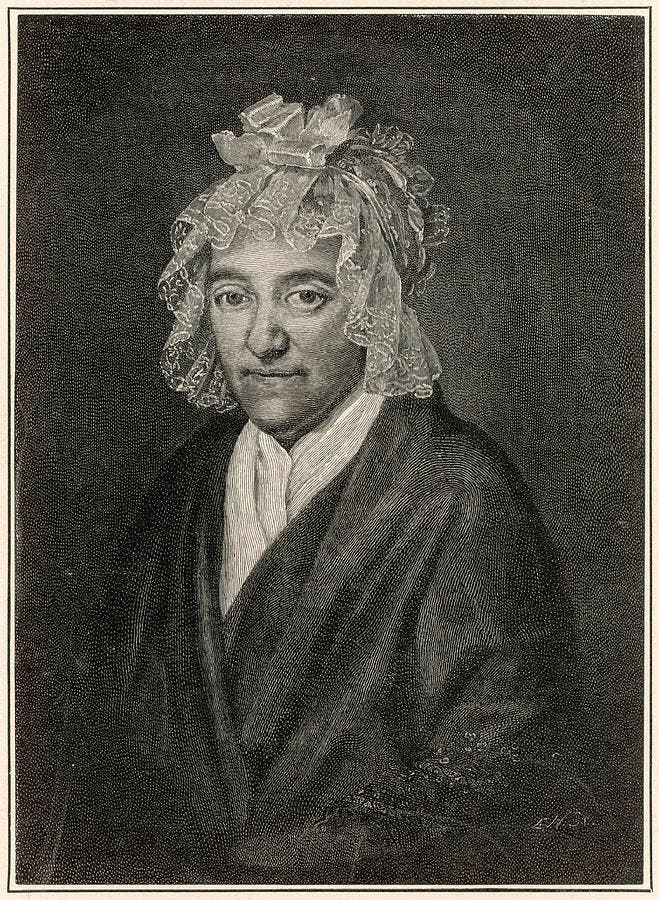 A portrait of Maria Magdalena Keerich, mother of Ludwig van Beethoven
A portrait of Maria Magdalena Keerich, mother of Ludwig van BeethovenThrough his writings, Franz Gerhard Wegeler, Beethoven's childhood friend, reported that the German composer had a failed experiment with a girl named Maria Anna Wilhelmine von Westerhol, who had been in love with this girl a few years before. To end without leaving a significant impact on his life.
In about 14 letters between 1804 and 1809, Beethoven expressed his great love for the widowed noblewoman Josephine Brunsvik, who was one of his piano students, as the international composer described this lady as an angel. According to a number of historical sources, Beethoven dedicated a piece of music entitled An die Hoffnung op32 to the widow Josephine Bransvik.
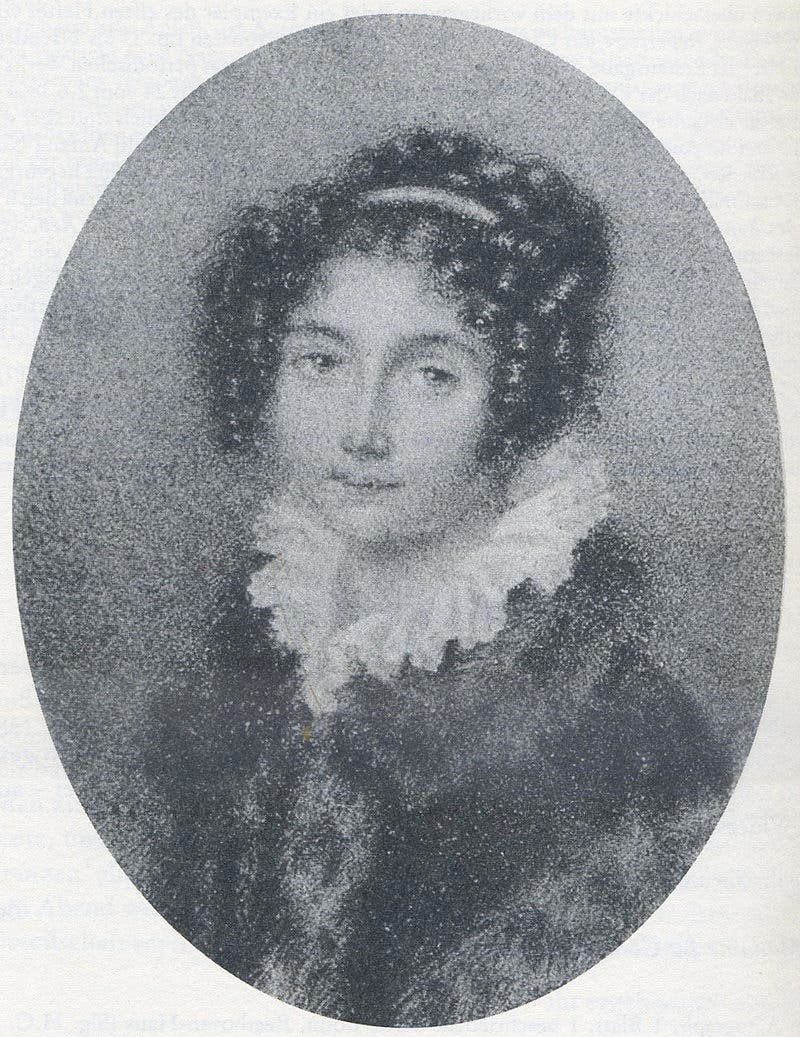 A portrait of the German noblewoman Josefin Bransvik
A portrait of the German noblewoman Josefin BransvikMeanwhile, Beethoven failed to marry this widow, who feared that she would lose her children's sponsorship if she accepted this marriage. But around 1810, Josephine married Count Stackelberg, putting an end to Beethoven's hopes.
And between 1801 and 1802, Ludwig van Beethoven knew a miserable love story from which an immortal piece of music emerged. Through the Brunsvik family he was close to, Beethoven became the piano teacher for an 18-year-old named Giulietta Guicciardi who was none other than a cousin of the widowed Josephine Bransvik.
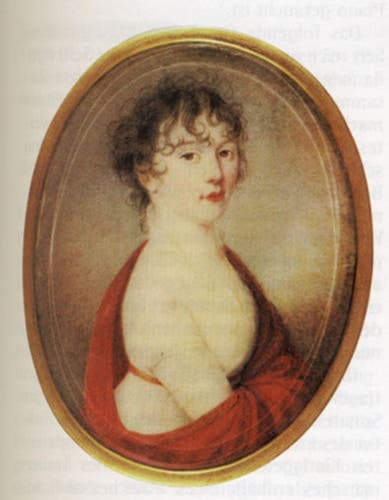 A picture of Giulietta Guicciardi as a gift from Beethoven's Moonlight Sonata
A picture of Giulietta Guicciardi as a gift from Beethoven's Moonlight SonataFrom the very beginning, the German composer became fascinated by this girl, who soon reciprocated the same feelings. For his student Giulietta, in 1801 Beethoven composed Piano Sonata No. 14, popularly known as the Moonlight Sonata. Unfortunately for Beethoven, his marriage to Julieta was impossible due to the difference in social status and the latter's association, and for this reason the German composer experienced another disappointment.
In 1810, coinciding with Josephine's marriage, Beethoven was so impressed with Therese von Malfatti, who was his best friend, that the two exchanged many letters. But again, Beethoven failed to achieve his desire to marry Teresa due to class society, and the latter married during the following period to Baron Ignaz von Gleichenstein, who was only a close friend of Beethoven.
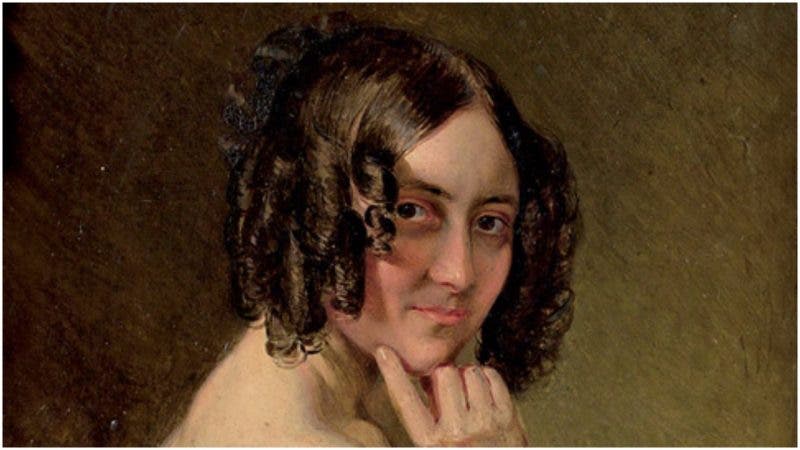 A picture of Teresa von Malfati
A picture of Teresa von MalfatiIn 1808, Ludwig van Beethoven met 15-year-old Elizabeth Röckel. During the following years, the German composer was so impressed by this girl that he demanded her presence to offer her a lock of his hair on his deathbed in 1827. Meanwhile, this relationship between Beethoven and Elizabeth failed, as the latter married in 1813 the Austrian composer Johann Nepomuk Hummel.
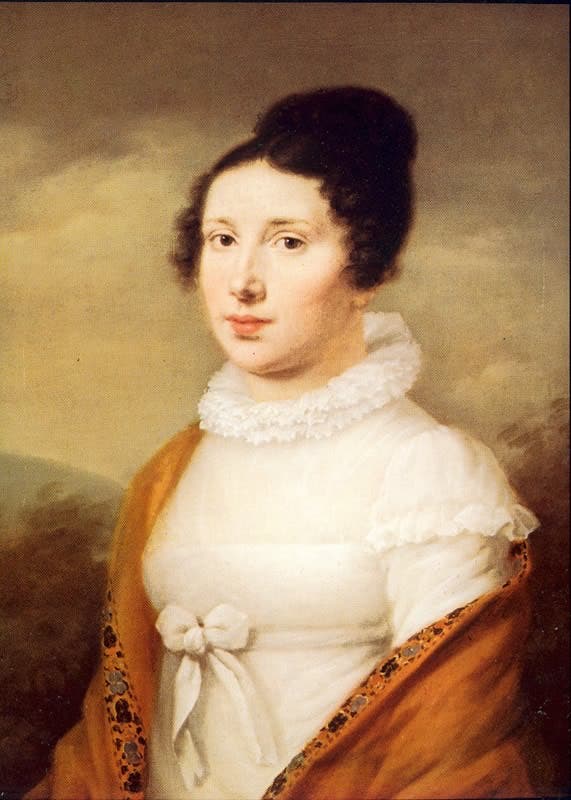 A picture of Elizabeth Rockell
A picture of Elizabeth RockellIn April 1810, Beethoven composed his famous piece for Für Elise, which was meant to express his emotional state. To this day, Elisa's identity with this piece of music is still questionable, and while many historians link Elisa and Elizabeth Rockell, others assert that the piece was gifted by Beethoven to Teresa von Malvati or to another girl named Elise Barensfeld.
Also, Beethoven dedicated other musical pieces to many girls, such as his student Dorothea von Ertmann, who gave her Piano Sonata No. 28 in 28, and other sources refer to his gift of Diabelli Variations Op 1816 to his girlfriend Anthony Brentano ( Antonie Brentano) who, through one of her letters, reported on Beethoven's daily visits to her.
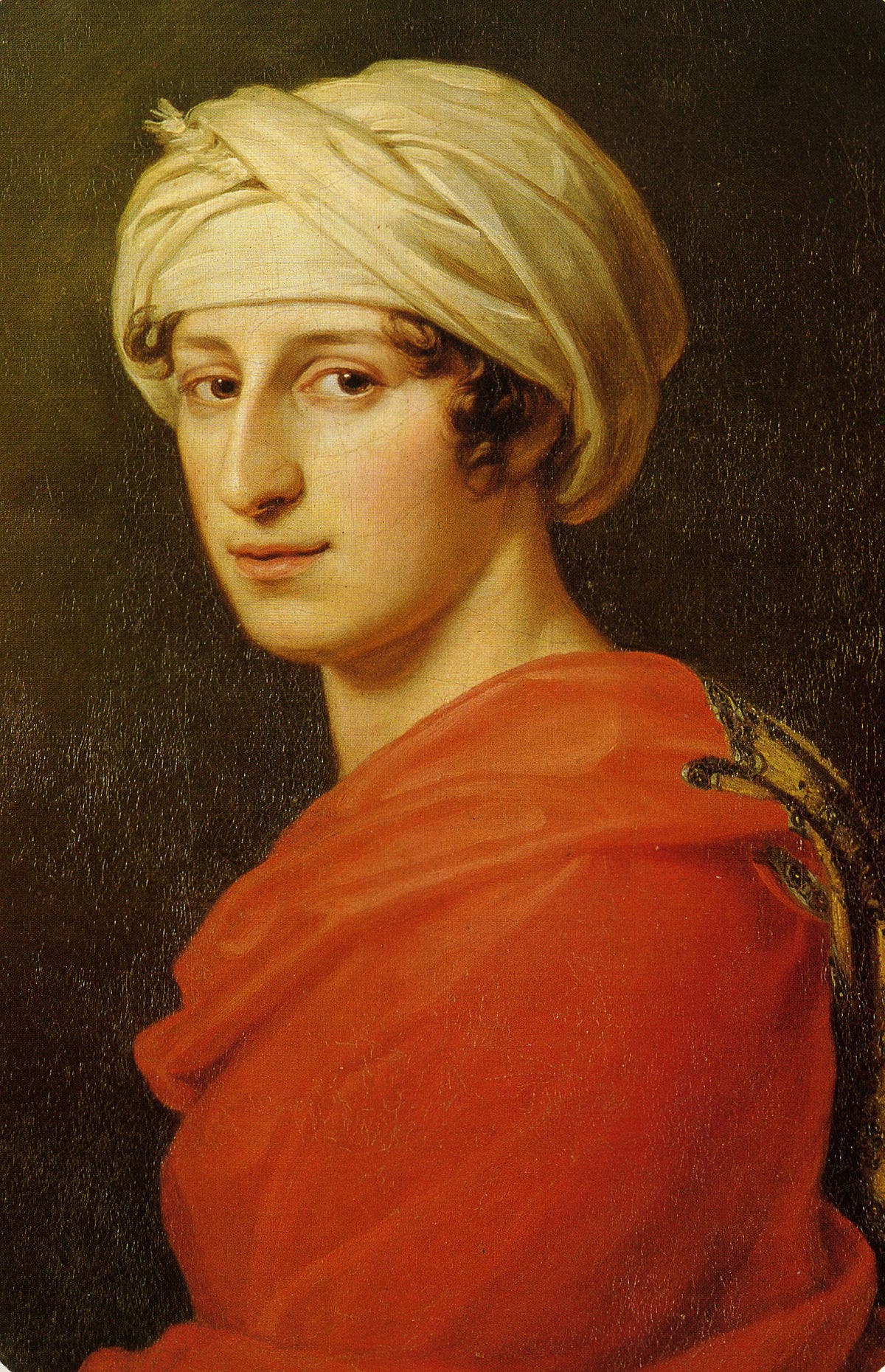 A picture of Anthony Brentano
A picture of Anthony BrentanoDespite all these timeless artworks that inspired love and emotional failure, Ludwig van Beethoven died unmarried on March 26, 1827, at the age of 56. According to many historians, Beethoven failed in all his romantic relationships because of his attempt to associate with women either married or of other classes.




